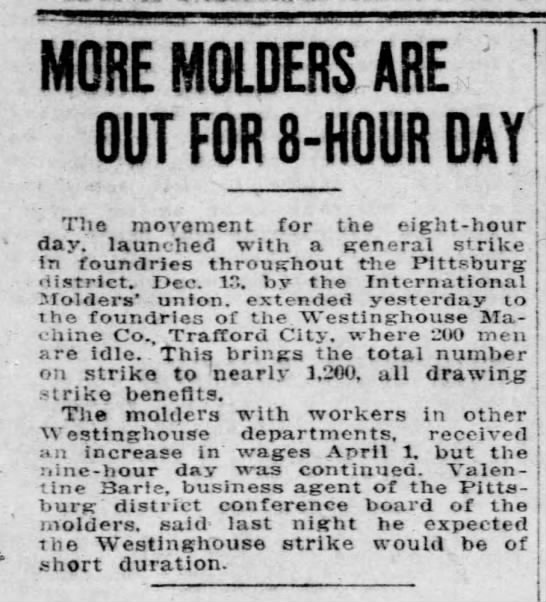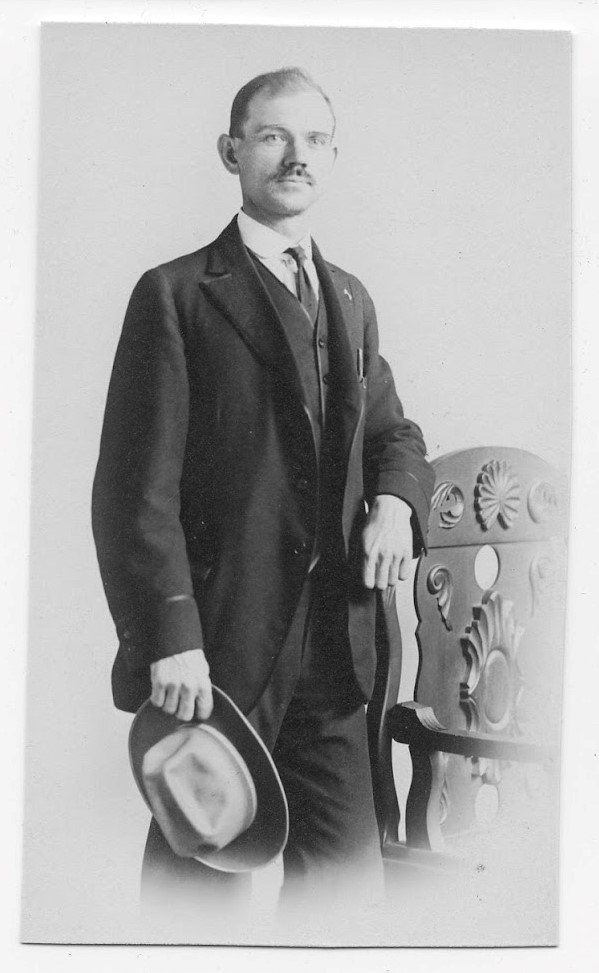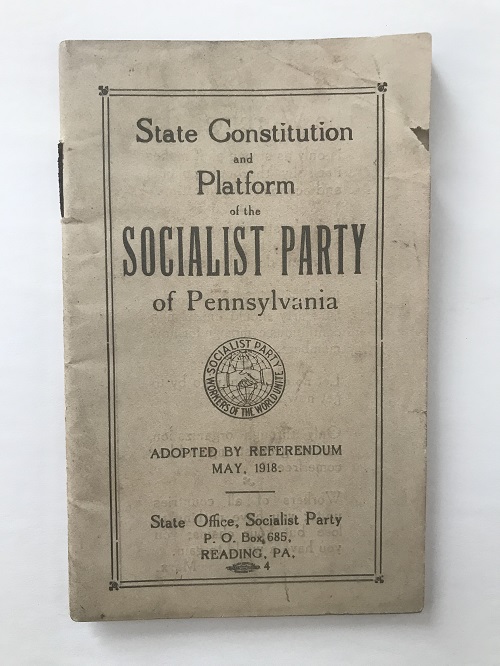Labor Day, Labour Day or May Day?
As we celebrate the worker on this Labor Day, let’s take a look back at a time in Trafford History when Charles J. Vitous Sr., whom we have written about in previous posts, was working with the Socialist Party in 1916 with a goal of bringing the 8-hour workday to his fellow employees in Trafford's Westinghouse Foundry.
The establishment of Labor Day in the United States began in 1882, while the term "Labour Day" has its origins tied to “May Day” or May 1 and the "labour union movement" working toward the establishment of the eight-hour workday. In the US, Labor Day became a national holiday in 1894. In 1882, the May Day slogan, "Eight hours for work, eight hours for rest, and eight hours for what we will" appeared on the banner at one of the first Labor Day demonstrations.
In April 1916, the International Molders' Union supported the strike of 200 workers from Trafford City after an increase in wages was approved, but the nine-hour workday was to continue. The American Industrial Union called for a strike at Westinghouse Electric and Manufacturing to protest the firing of a worker who had ties to Fred Merrick, publisher of a weekly socialist newspaper. The strike led to shutting down the entire Westinghouse complex. On May 2, 1916, Fred Merrick and others led a large parade from Wilmerding, East Pittsburgh, Swissvale, and into Braddock. The group was hoping to strengthen their cause and encourage other workers to join them and picket every factory and steel mill in the area.

When the group came into the Edgar Thomson Steel Works in Braddock, they were confronted by the company guards, a small riot with the picketers began, ultimately causing the guards to fire into the crowd, killing three men and wounding approximately sixty in the melee. Strike leaders, including Merrick, were arrested and charged with rioting, in addition to being charged with accessories to murder.

Charles J. Vitous Sr. (1881 - 1968)
Five days later, Trafford resident and labor leader Charles Vitous presided over a meeting in Turtle Creek to try and re-establish picket duty at the local plants. Vitous attended the meeting with Pittsburgh Socialist Sarah Jane Tate, and a representative of the American Federation of Labor. However, they were not garnering as much support as they had wished, and we know from history that their labor movement was fracturing into different social and political camps. In Pittsburgh, the Socialist Party was on the decline. Today, we see the celebration of the worker in a more conservative movement, considering that the tide of the movement toward the 8-hour day also meant that the working class would ultimately become the consuming class.

Pamphlet was once owned by Charles J. Vitous Sr. (Trafford Historical Society collection).
Celebrating Labor Day with picnics and parades, perhaps the more conservative way, ultimately took on the more meaningful method of celebrating the worker, versus the May Day efforts that were more radical. Also, we know that the miserable working conditions of our ancestors were eventually snuffed out by the industry leaders who could identify that the valued and happy employee was far more productive than a despondent one.
Charles Vitous, despite having differing political views at that time, would eventually see membership in his political party significantly decline by 1918 in this region. He was an activist of that period who fought for our ancestor's eight-hour workday, and for this reason, we can commend his efforts and remember him on this day that celebrates the day of the worker. He continued to live in Trafford, and most importantly, live peacefully in a country that gave him the right to express his own opinions.



